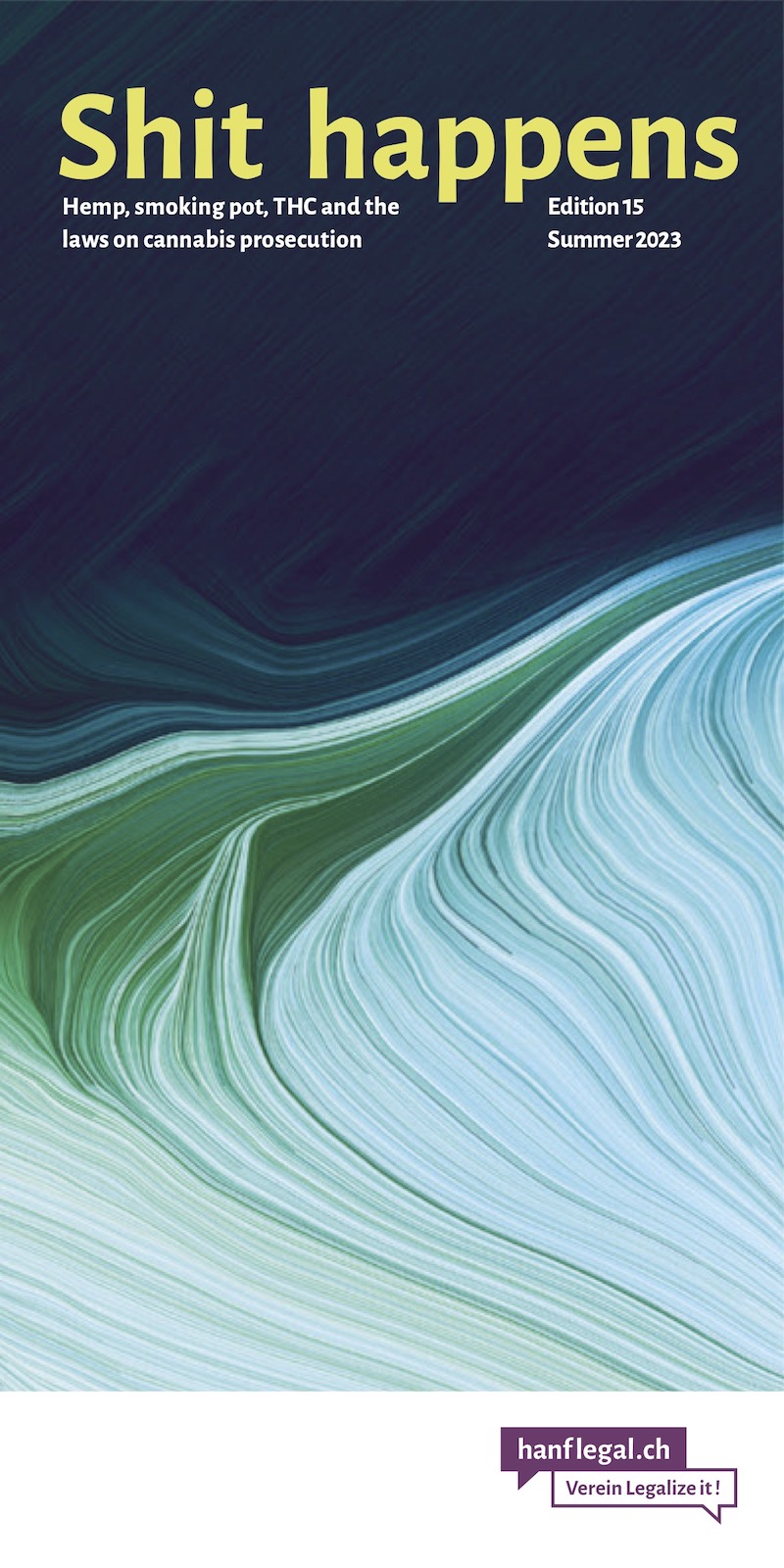- THC & Law:
Table of Contents
Who are the police specifically targeting?
Different tracking intensity
Not all THC users have the same probability of being reported. Particularly at risk are smokers with the following characteristics: male, around twenty years old, long-haired, freaky, often found in the alley. Punks are also increasingly controlled and hip-hoppers have also “risen” to become a preferred group. Those who are often out at night and frequent relevant clubs also have a higher probability of being controlled and reported.
The women are less often reported
Less than ten percent of criminal offenses for cannabis consumption are committed by women - at least that's how the police register it. However, the real ratio between male and female potheads is about three to one. However, women consume less frequently in public. And that is the main reason for a report.
The young bear the brunt of repression
Those under 30 make up 80% of those accused of contraventions. Those under 18 make up only about 20% of those accused. Just under half of the referrals involve young adults between the ages of 18 and 24. Those over 30 also account for only about 20 percent of those charged. But here, too: The older ones smoke pot more at home and have stopped using in public. Often because the fines they have received have made them more cautious!
Generally and exaggeratedly formulated: A 20-year-old, long-haired, freaky-looking man who is frequently out in public is much more likely to be stopped and reported by the police than a 40-year-old, inconspicuously dressed woman who leads more of a domestic life. Although she may smoke pot a lot more than he does!
Offenses by substance and age
The ratio of hash to weed violations increases with age - that is, the older someone is, the more likely he or she is to be caught with hash, while the young are almost always caught with weed:
| Age | Share | Hash | : | weed |
| Under 20 years old | 34% | 1 | : | 21 |
| 20-30 years old | 45% | 1 | : | 11 |
| 30-40 years old | 14% | 1 | : | 5 |
| over 40 years old | 7% | 1 | : | 3 |
| Total | 100% | 1 | : | 10 |
weed has definitely replaced hash
Even about ten years after the hemp store boom, weed seems to have retained its supremacy in the cannabis market. It could also have been that after the end of the store era, hashish consumption would increase again or more users would be reported for hashish. This is not the case: There are ten times more reports for weed (and plants) than for hashish (and oil).
It is rather the older users (over 30) who probably still have their old connections. They probably also consume more weed than in the 80s, however they do not seem to want to give up hashish completely. This may be due to habit and tradition, but could mean that even the finest weed is not the same as good hash - apples and pears cannot be compared 1:1 either.
Source: Swiss Federal Statistical Office, Police Crime Statistics (PKS) 2010, Narcotics Act (NarcA): Offenses by substance and persons accused.
Here follows the corresponding "old" text, which was valid until 30.6.2011.
Who are the police specifically targeting?
Different tracking intensity
Not all THC users have the same probability of being reported. Particularly at risk are smokers with the following characteristics: male, around twenty years old, long-haired, freaky, often found in the alley. Punks are also increasingly controlled and in recent years hip-hoppers have also “risen” to become a preferred group. Generally and exaggeratedly formulated: A 20-year-old, long-haired, freaky-looking man who spends a lot of time in public is much more likely to be checked and reported by the police than a 40-year-old, inconspicuously dressed woman who leads more of a domestic life. Although she may smoke pot a lot more than he does!
The women are less often reported
Only a little more than ten percent of the convictions for hemp consumption concern women. However, the real ratio between male and female potheads is about two to one. However, women are less likely to smoke pot in public. And that is the main reason for a report.
Targeting the young
Around half of the referrals concern young adults between the ages of 18 and 24. The over-30s now account for only around 20 percent of those arrested. Although the number of stoners over 30 is certainly similar to the number of those under 30. But again: Older people smoke pot more at home and have stopped using in public. Often because the fines they have received have made them more cautious!
The younger ones form the basis for the grass boom
Among the weed reports (which have increased dramatically since the mid-1990s), 15- to 17-year-olds were reported with above-average frequency. They suffered the greatest increase in repression. Since 1993/94, the proportion of those over 25 has been falling steadily, although it has been rising again slightly since 2002. This means that the police are increasingly leaving the older smokers alone and concentrating on the young ones. These are also the ones who (have to) continue to smoke pot in public, since they are not allowed to do so at home and at school - so the only place left is the lake, the parks, the public grounds. And there you become easy prey for the police.
The boys are intercepted in front of the stores
The young smokers are probably also the ones who first visited the hemp stores, while the older ones had already organized their sources of supply (and also more often stayed smoking hashish). The younger ones, on the other hand, are more trendy: they sought out the stores and consumed the “newfangled” weed. During these visits to the cannabis stores, thousands of cannabis buyers were reported by the police when they observed the various stores. Today, as the stores have disappeared, it is again the younger ones who tend to buy in the streets - with a greater risk of getting caught. The older ones tend to do their THC shopping in private. They have organized their connections more inconspicuously.
Support our work with a donation:
Bank transfer
Account number (IBAN):
CH02 0900 0000 8709 1354 3
Full account details
Or scan this QR code with your eBanking App (ZKB, Revolut, Postfinance, …):

Or open/share the QR code as PDF file with your eBanking App.
Credit card
Donate via credit card
Verein Legalize it!
Quellenstrasse 25
8005 Zürich
Threema ID 7NH65RBY
Don’t miss anything! Follow us on social media:




